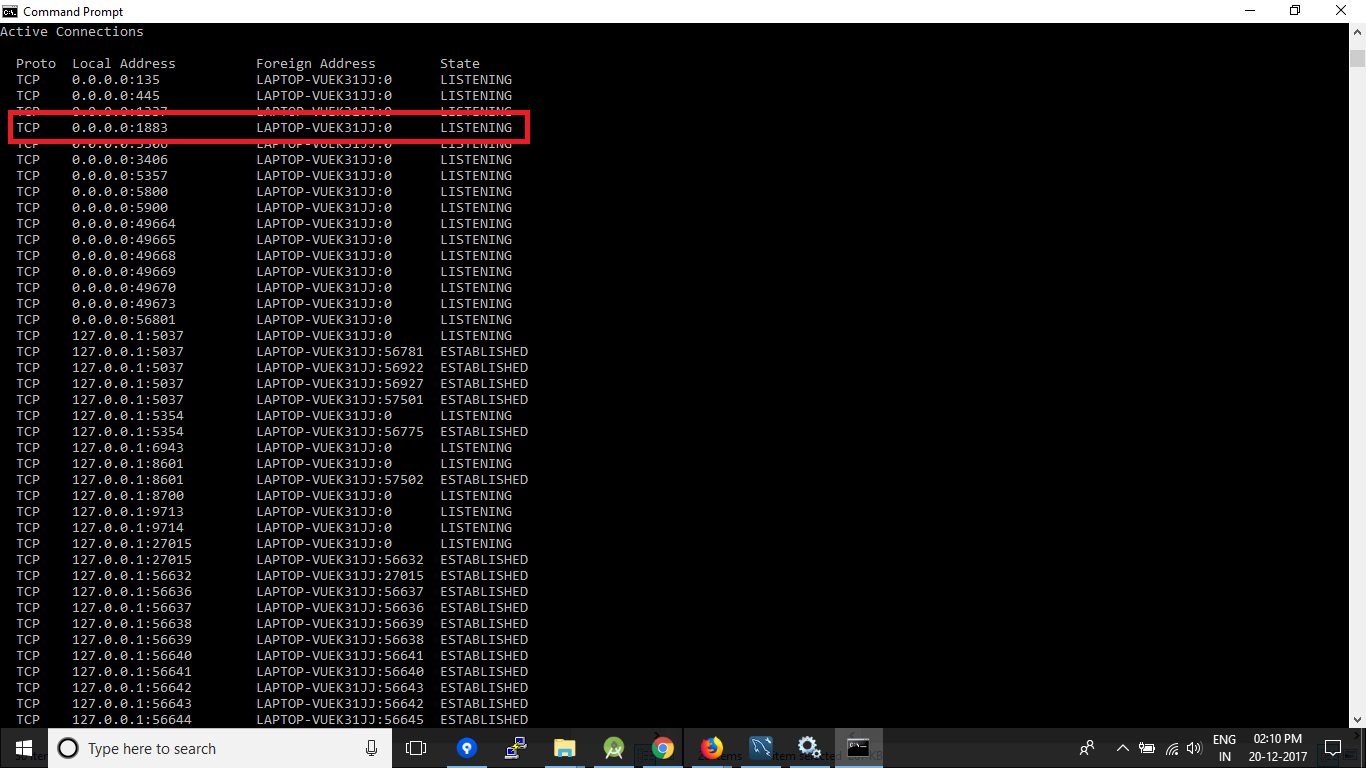
- IONIC RUN LIVERELOAD NOT WORKING HOW TO
- IONIC RUN LIVERELOAD NOT WORKING ANDROID
- IONIC RUN LIVERELOAD NOT WORKING CODE
- IONIC RUN LIVERELOAD NOT WORKING SIMULATOR
- IONIC RUN LIVERELOAD NOT WORKING MAC
Using an incorrect port number will not work. Make sure that the port used in the url property of your launch.json file matches the port that you observed earlier when you ran ionic serve. This will automatically generate a launch.json file with configurations for launching Chrome against localhost. Select Chrome from the environment options dropdown. If you are configuring this for the first time in your project, click on the option to create a launch.json file. In the far-left vertical menu within VS Code, click on the run icon. Next, open your Ionic project using Visual Studio Code. Take note of the port that your app is running on. To do this, run your app in the browser using ionic serve.
IONIC RUN LIVERELOAD NOT WORKING CODE
Visual Studio Code can also be used to debug an Ionic app running in the Chrome web browser.
IONIC RUN LIVERELOAD NOT WORKING ANDROID
Debugging with Visual Studio locally in Chrome (both Android & iOS) To make it appear, click on the Elements tab then click on any DOM element then toggle off and on any CSS rule and the app preview window will appear. The app preview may not automatically appear when you open Chrome Developer Tools due to a minor bug. You will then be able to use all of the Chrome DevTools to debug the application as it runs on your device. This will open the Chrome Developer Tools in a new window. With your app running on the device, head back to Chrome and click on inspect under your device in the list of remote targets. On your device, open the Ionic app that you would like to debug using Chrome. Your connected Android device should show up in the list of Remote Targets. Open the Chrome browser and navigate to the URL chrome://inspect/#devices. Developer Options & USB Debugging are enabled by default in the Android emulator. Scroll down to USB Debugging and ensure that it is also enabled. Next, go to Settings > Developer Options and ensure that the developer options switch is toggled on. This will activate a new option in the Settings menu called Developer Options. Connect your Android device to the computer then go to Settings > About scroll to Build Number and tap that 7 times. To inspect a physical device, first you need to have developer mode enabled. Use Google Chrome's DevTools to debug an app when it is running in the browser using the ionic serve command, deployed to an emulator, or on a physical device. This will open a new window with the Safari Developer Tools - use them to inspect and debug the Ionic app running on your device. Hover over the app name and click on localhost. In the dropdown menu options, you should see the name of your device and app. Within Safari, select Develop in the toolbar.
IONIC RUN LIVERELOAD NOT WORKING SIMULATOR
Run the iOS simulator or connect your iOS device to your Mac, then run the Ionic app that you want to debug.
IONIC RUN LIVERELOAD NOT WORKING MAC
Next, open Safari on a Mac then enable Show Develop menu in menu bar under Safari > Preferences > Advanced.

Safari can be used to debug an Ionic app on a connected iOS device or iOS simulator.įirst, on the iOS device, enable Web Inspector from Settings > Safari > Advanced. Rather than deploy a new native binary each time you make a code change, it reloads the browser (or WebView) when changes in the app are detected. Select it and fill in the choices for platform and target.Live Reload is useful for debugging native functionality (such as plugins) on device hardware. Once the file is created Cordova: Attach will show up as one of the entries in the pop up inside the editor window.

If that's the case, just select any of the available options (you can remove it later). vscode/launch.json file yet, Cordova options might not be available to you. from the configurations dropdown at the top. Open the Debug Side Bar and select Add Configuration. With it, you can add a launch configuration for attaching to the application when running on the device or in the emulator. For debugging an Ionic application (or any Cordova application) on the device, the Cordova Tools extension is required. I'm doing all my Ionic development in Visual Studio Code, therefore this is my primary tool for debugging and also for inspecting the console log output from the application. In such a scenario, it's more effective to look at the console output from the debugger. Although this is usually the most convenient approach for testers, it's an overkill during development when the device is connected to the computer most of the time or even the emulator is used instead of an actual device.
IONIC RUN LIVERELOAD NOT WORKING HOW TO
In a previous blogpost, I've described how to intercept console log output when the application is running on the device, so that it can later be exported using the standard sharing functionality.


 0 kommentar(er)
0 kommentar(er)
